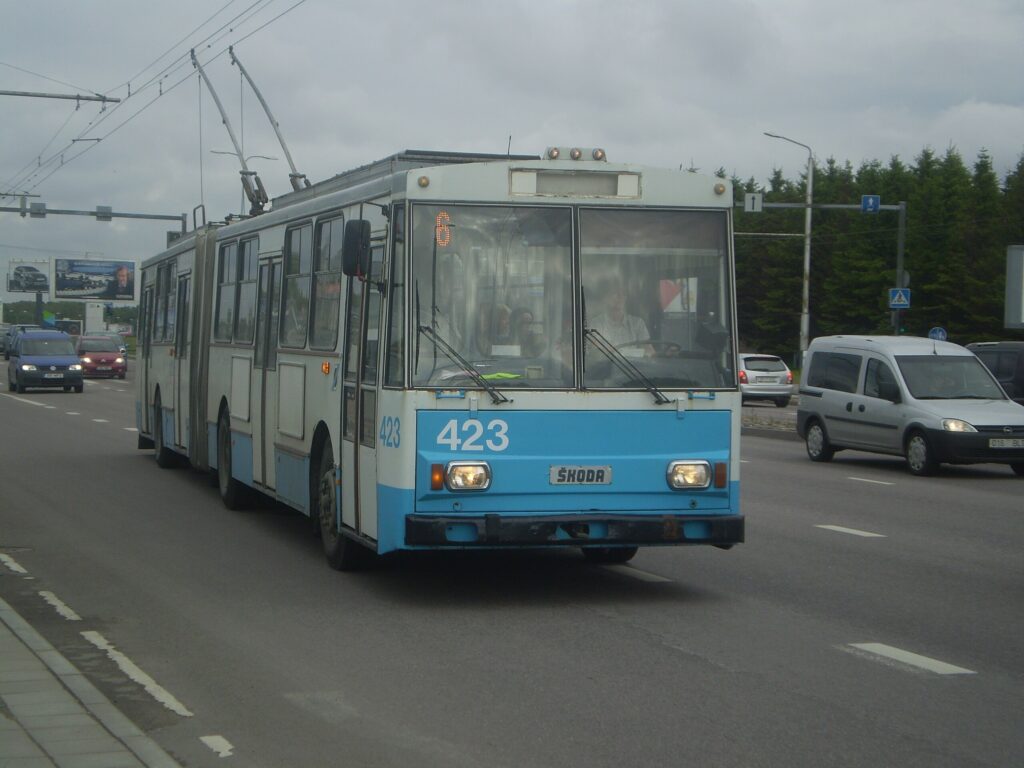The Estonian capital, Tallinn, is planning a public tender for the purchase of 40 battery or hybrid trolleybuses over a five-year period, with the aim of replacing its existing ageing fleet with units that can run partially without electric catenary.
The city plans to buy 40 new battery-powered vehicles, including 22 longer 18-metre units and 18 regular 12-metre units. The total cost of the investment, which includes money for the purchase of the trolleybuses and the reconstruction of the overhead network, is estimated at 40 to 50 million euros over the next five to six years, the city government said in a statement.
Mayor Mihhail Kõlvart said Tallinn had decided in principle to continue developing the trolleybus network as an important and environmentally friendly means of public transport.
“In recent years, there has been an increasing debate about whether to abandon trolleybuses and introduce electric buses. However, it is actually necessary to ensure a variety of public transport modes to meet the needs of the city’s residents,” said Kõlvart.

Running without overhead wires in the city centre
“We have set ourselves the goal of making the capital’s public transport emission-free by 2035, in line with the objectives set out in the mobility plan. Several major European cities are currently modernising their trolleybus networks: among the cities that are promoting trolleybus transport and purchasing new vehicles are Vilnius, Prague, Zurich, Milan and many others,” the mayor of Tallinn added.
Deputy mayor Vladimir Svet said that the aim is for Tallinn’s future trolleybuses to run on overhead lines on the large, mostly straight streets where it is easy to build and maintain the contact line network. As they get closer to the city centre, where the streets are narrower, there are more turns and less space, and where trolleybuses can cause traffic jams if they are forced to stop, they will run without contact lines using battery power.
In addition to the new trolleybuses, Tallinn will gradually introduce electric buses, which are more suitable for routes with lower passenger numbers, as an electric bus takes up less space than a trolleybus.
In order to ensure the transition to fossil-free public transport, the city government intends to request the city council to allocate funds for the purchase of battery-powered trolleybuses and the design of the reconstruction of the trolleybus network in the first supplementary city budget for 2024.

